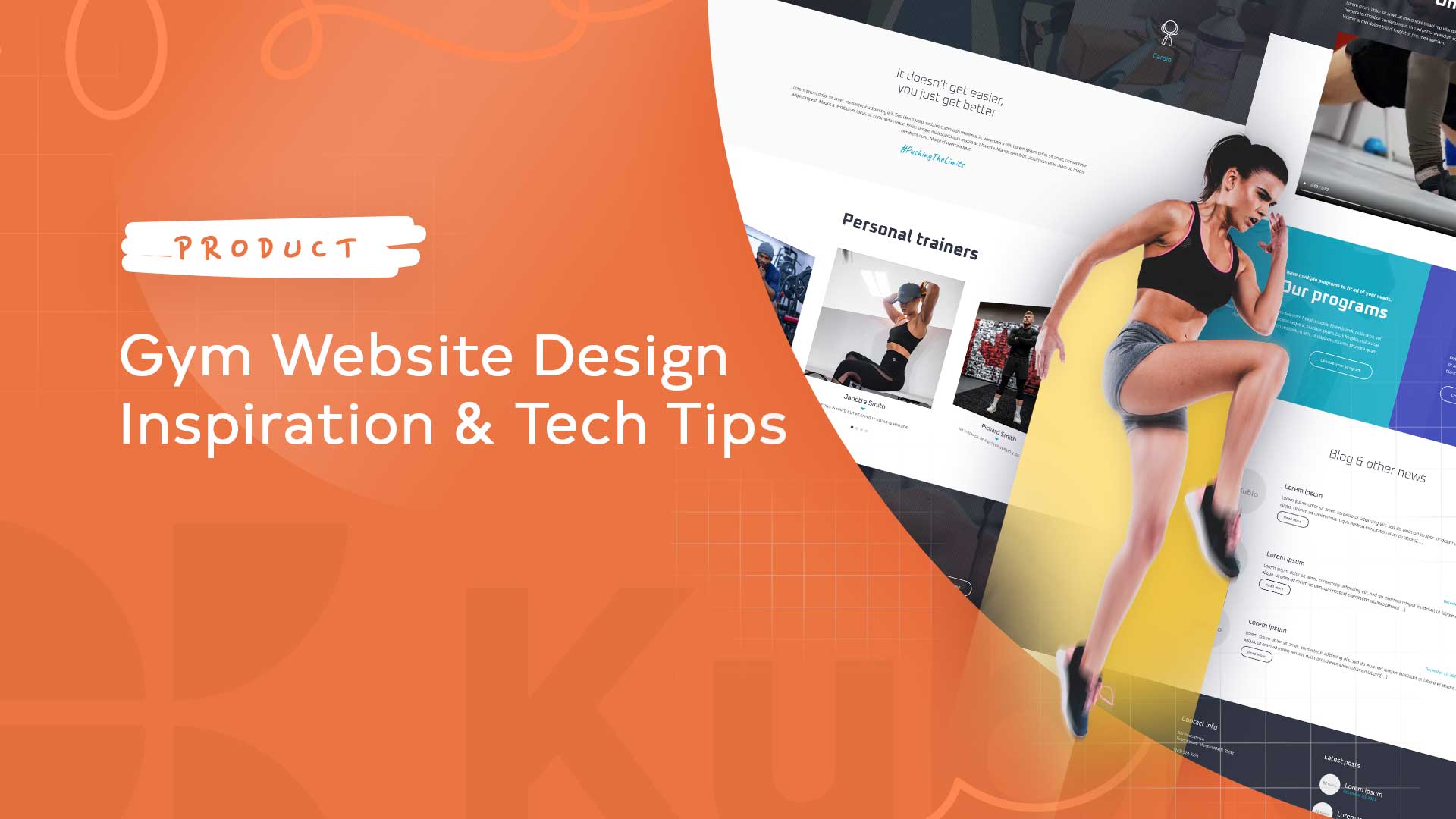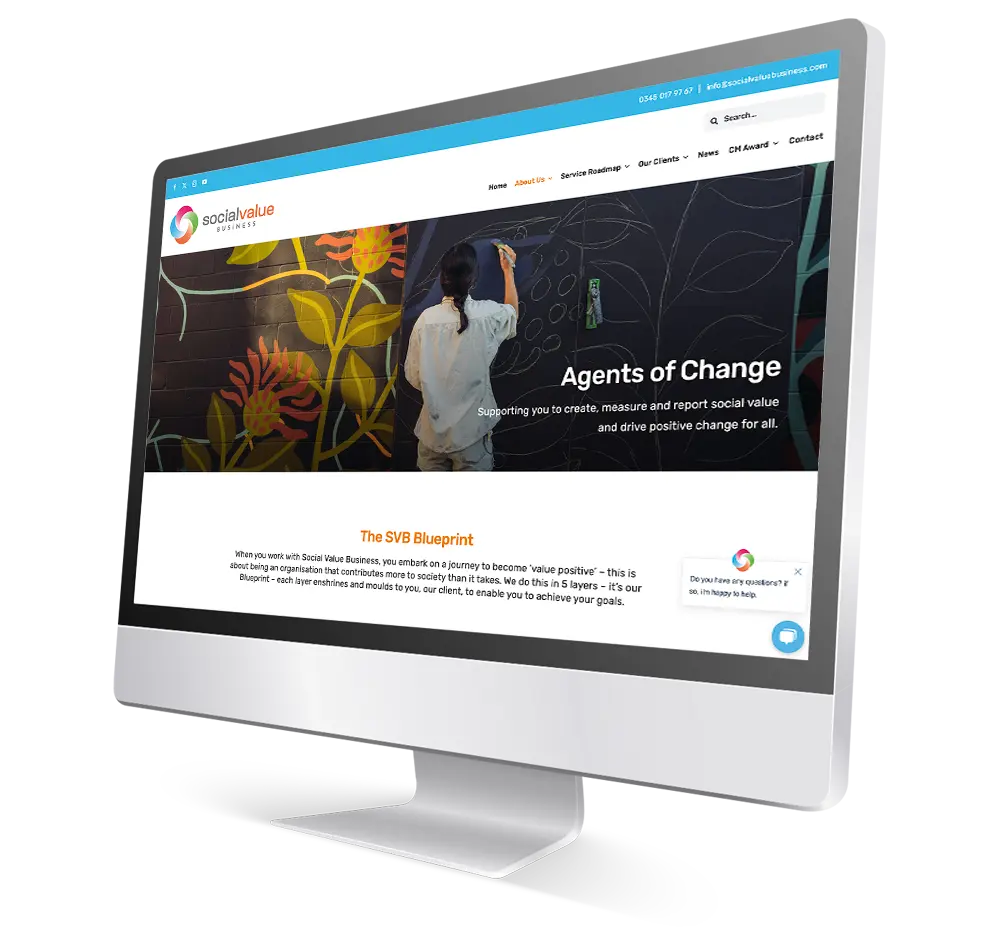How to Optimize Your Website Design for Better User Engagement and Retention
How to Optimize Your Website Design for Better User Engagement and Retention
Blog Article
The Ultimate Overview to Modern Website Layout Trends
In the ever-evolving electronic landscape, modern-day web site style fads play an important function in shaping customer experience and involvement. From the surge of minimal design concepts that focus on simplicity to the impact of vibrant typography in defining brand identity, each aspect adds to a natural on-line presence. The emphasis on responsive and mobile-first strategies, along with innovative microinteractions, even more boosts functionality. The expanding focus on lasting internet style methods shows a dedication to environmental responsibility. These fads jointly raise important inquiries concerning the future of reliable website design and what it implies for customers and services alike.
Minimalist Style Concepts
Minimalist design concepts emphasize the concept that less is more, advocating for simpleness and capability in aesthetic interaction. This technique remove unnecessary aspects, concentrating instead on vital elements that communicate the intended message properly. By prioritizing quality, minimal style boosts individual experience, enabling site visitors to browse web sites effortlessly.
Core tenets of minimal design include making use of enough white room, which produces a feeling of balance and company. This adverse area not only guides the audience's focus to crucial elements but likewise cultivates a soothing aesthetic atmosphere. Furthermore, a limited shade palette is frequently employed, using soft shades or single schemes to preserve visual cohesion and protect against frustrating the individual.
Typography plays an essential role in minimalist layout, where understandable fonts are picked for their simplicity and effectiveness in communicating content. Photos and graphics are conserved, making sure that they offer an objective instead of sidetrack from the total message. Inevitably, minimal design concepts grow a focused environment that urges customers to involve with the web content, improving the general performance of modern-day site style. This trend reflects a growing gratitude for thoughtful, user-centric visual appeals in digital rooms.
Strong Typography Options
Embracing vibrant typography options has actually come to be a specifying quality of contemporary web site design, as it effectively catches attention and shares solid messaging. Designers are significantly utilizing typography not simply as a functional component but as a crucial visual component that improves the overall visual and individual experience.

Moreover, the juxtaposition of vibrant typography with minimal style principles enables striking contrasts, enhancing readability while preserving aesthetic allure. The use of whitespace around vibrant text further stresses its significance, making sure that the message reverberates with the target market.
As electronic landscapes end up being more affordable, leveraging vibrant typography makes it possible for brands to separate themselves and leave a long-term impression. The mindful selection of fonts and their application can stimulate feelings, establish tone, and drive action, making strong typography an essential device in modern-day site layout. Inevitably, it is a powerful way to improve storytelling and ensure that essential messages are not just seen yet also felt.
Mobile-first and receptive Layout
Receptive and mobile-first style has actually become an important concept in modern-day website growth, mirroring the increasing reliance on mobile phones for accessing online material. As individual behavior shifts towards mobile surfing, designers need to focus on creating experiences that adjust flawlessly throughout different display dimensions and resolutions.
A responsive layout ensures that a site immediately adjusts its layout, images, and functionality based upon the device being made use of. This technique improves individual experience by providing constant navigation and readability, irrespective of whether the site visitor is on a smartphone, tablet, or desktop computer computer. Additionally, mobile-first layout supporters for creating web sites at first for smaller displays, ultimately scaling up to bigger displays. This approach encourages an extra structured and reliable design procedure, concentrating on essential web content and performance initially.
Carrying out receptive and mobile-first principles not just accommodates user preferences but additionally aligns with search engine optimization (SEO) techniques. Major internet search engine, like Google, focus on mobile-friendly websites in their positions, making it essential for businesses to embrace these layout approaches. In a competitive digital landscape, welcoming mobile-first and receptive layout is not just an alternative; it is important for making certain availability and interaction with a varied target market.
Engaging Microinteractions
Microinteractions play an essential duty in boosting customer involvement and overall web site experience, particularly in the context of responsive and mobile-first design. These refined layout elements offer immediate feedback to users, making interactions more intuitive and satisfying. Examples include button computer animations, alert informs, and loading signs, which not only guide customers yet additionally create a feeling of link with the user interface.
Including engaging microinteractions can considerably enhance use by minimizing cognitive tons. When users obtain auditory or aesthetic responses upon executing activities, such as clicking a switch or sending a kind, they really feel a lot more certain in their selections. This promotes a smoother navigating experience, ultimately raising customer retention.

As internet site visit here design fads proceed to progress, the importance of microinteractions can not be overemphasized. They function as the refined yet powerful touchpoints that change average communications right into extraordinary experiences, therefore boosting the total effectiveness of modern-day internet style.
Lasting Website Design Practices
Lasting website design practices are coming to be increasingly crucial as the electronic landscape grows and navigate to this site environmental worries increase. Developers and designers are identifying their duty to produce web sites that not only offer individual requirements but likewise minimize environmental influence. This strategy incorporates several essential techniques.
First of all, optimizing energy consumption is critical. Web sites need to be created to load promptly and successfully, which decreases web server energy use and improves individual experience. Strategies such as image compression, reducing HTTP demands, and making use of modern coding techniques contribute dramatically to this goal.
Second of all, selecting environment-friendly hosting carriers is vital - website design. Numerous holding firms are now powered by eco-friendly energy sources, enabling websites to operate in a much more lasting way. This option shows a dedication to lowering carbon impacts
Moreover, adopting a minimalist design can boost sustainability. Fewer elements on a page bring about much less information transfer, which not only speeds up filling times yet also preserves sources.
Last but not least, advertising electronic availability ensures that sites get Clicking Here to a larger target market without unneeded bloat, straightening user experience with ecological duty. By incorporating these lasting methods, internet developers can add favorably to both user engagement and the planet's well-being.
Conclusion
In recap, contemporary internet site layout patterns emphasize the combination of minimalist principles, strong typography, and responsive style to improve user experience. Taking on these trends is vital for creating impactful electronic experiences that resonate with individuals in a progressively competitive on the internet landscape.
In the ever-evolving digital landscape, modern website style trends play a critical function in forming user experience and engagement. By focusing on clarity, minimalist layout enhances customer experience, enabling site visitors to navigate websites effortlessly.
Eventually, minimalist design concepts cultivate a concentrated setting that encourages users to engage with the material, boosting the general performance of contemporary site design.Microinteractions play a crucial role in enhancing individual engagement and general website experience, specifically in the context of receptive and mobile-first design.In recap, contemporary website design patterns emphasize the assimilation of minimal principles, strong typography, and responsive layout to enhance user experience.
Report this page